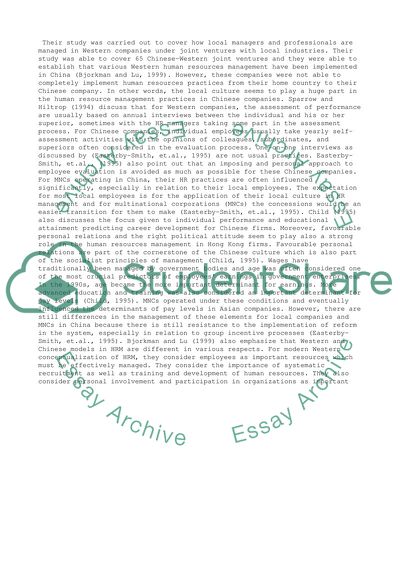Cite this document
(“Comparing Human Resource Management in Multinational Companies in Hong Literature review”, n.d.)
Retrieved from https://studentshare.org/management/1456163-comparing-human-resource-management-in
Retrieved from https://studentshare.org/management/1456163-comparing-human-resource-management-in
(Comparing Human Resource Management in Multinational Companies in Hong Literature Review)
https://studentshare.org/management/1456163-comparing-human-resource-management-in.
https://studentshare.org/management/1456163-comparing-human-resource-management-in.
“Comparing Human Resource Management in Multinational Companies in Hong Literature Review”, n.d. https://studentshare.org/management/1456163-comparing-human-resource-management-in.


